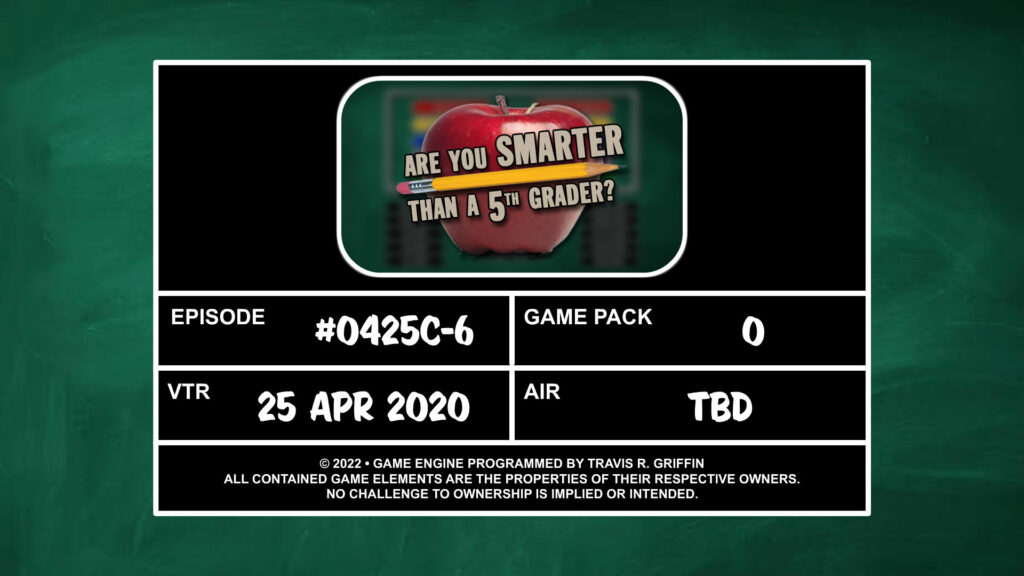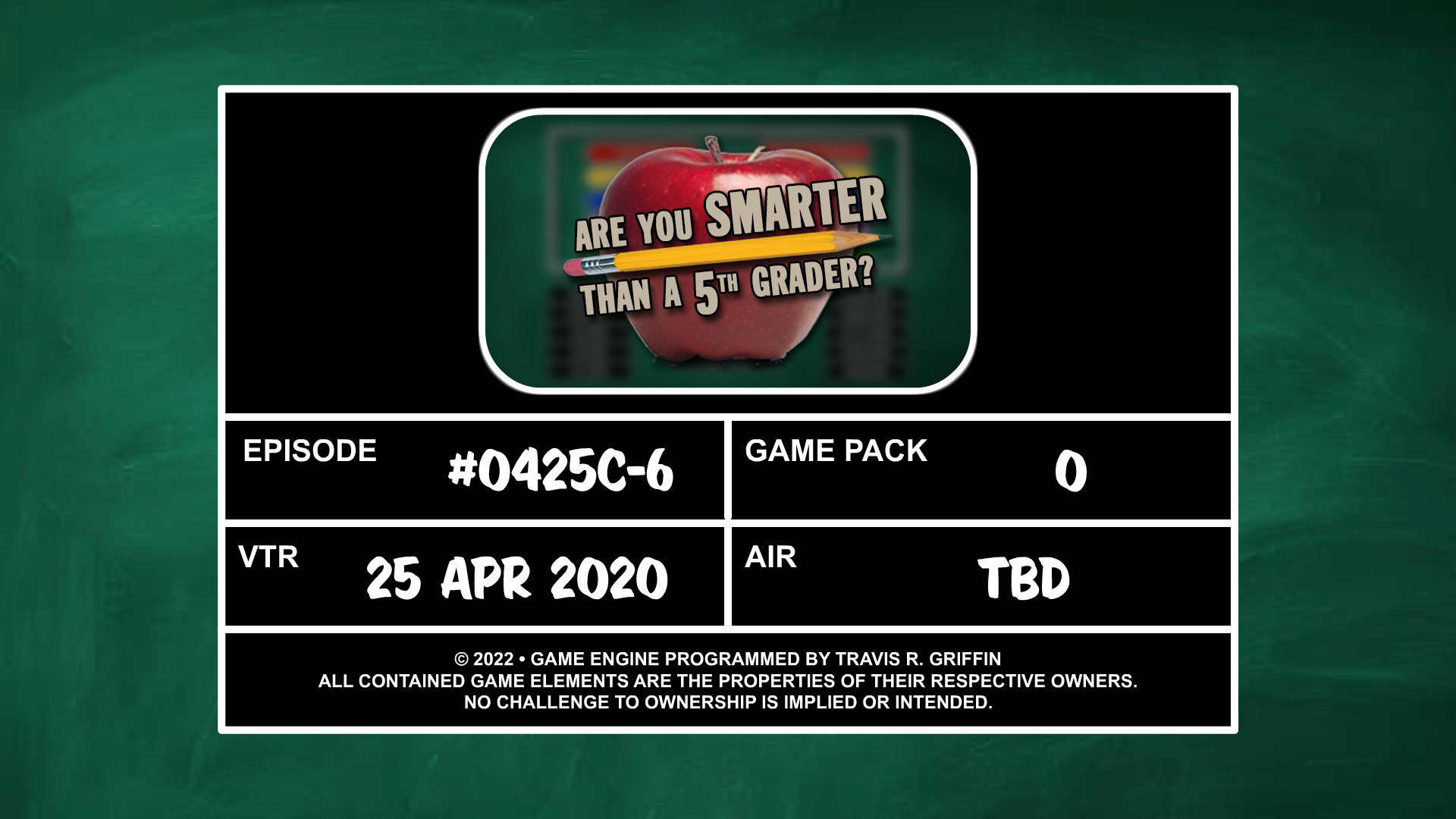
Understanding the Age of a 5th Grader: Milestones and Expectations
Fifth grade is a pivotal year in a child’s academic and personal development. Understanding the typical age of a 5th grader, along with the developmental milestones and expectations associated with this age group, is crucial for parents, educators, and anyone involved in shaping the lives of these young individuals. This article delves into the various aspects of what it means to be a 5th grader, covering their cognitive, social, emotional, and physical development.
Typical Age Range of a 5th Grader
The age of a 5th grader typically falls between 10 and 11 years old. Most students enter 5th grade around the age of 10 and turn 11 during the academic year. However, it’s essential to remember that individual development can vary. Some students may be slightly younger or older due to factors such as birth date, school district policies, and whether they were held back or accelerated in previous grades. Despite these variations, understanding the general age of a 5th grader provides a baseline for understanding their developmental stage.
Cognitive Development in 5th Graders
Cognitively, 5th graders are experiencing significant growth. Their ability to think abstractly is developing, allowing them to grasp more complex concepts in subjects like math, science, and language arts. They can understand cause-and-effect relationships, draw inferences, and engage in problem-solving activities. Critical thinking skills are also becoming more refined. A 5th grader can analyze information, evaluate arguments, and form their own opinions, though they may still need guidance in these areas.
In mathematics, 5th graders typically work with fractions, decimals, and percentages. They begin to explore geometry and learn about different types of shapes and their properties. Problem-solving skills are honed through word problems and real-world applications of mathematical concepts. In language arts, they are expected to read more complex texts, write longer and more detailed essays, and improve their grammar and vocabulary. They also learn about different literary genres and develop their understanding of literary devices such as metaphors and similes.
Social and Emotional Development
Socially and emotionally, 5th graders are navigating the complexities of pre-adolescence. They are becoming more aware of social dynamics and peer relationships. Friendships become increasingly important, and they may start to experience peer pressure. Understanding the age of a 5th grader helps to anticipate these social changes. They are learning to negotiate conflicts, cooperate with others, and develop empathy. Emotional regulation is also a key area of development. They are learning to manage their emotions, express themselves appropriately, and cope with stress.
At this age of a 5th grader, self-esteem and self-identity begin to take shape. They are becoming more aware of their strengths and weaknesses and are starting to form their own sense of self. It’s important for parents and educators to provide a supportive and encouraging environment to help them develop a positive self-image. Bullying can also be a concern at this age, so it’s crucial to address it proactively and create a safe and inclusive school environment. [See also: Bullying Prevention Strategies for Schools]
Physical Development and Health
Physically, 5th graders are continuing to grow and develop. They are becoming more coordinated and have improved motor skills. This is a good time to encourage participation in sports and other physical activities. They are also learning about their bodies and how to take care of themselves. Health education is an important part of the 5th-grade curriculum, covering topics such as nutrition, hygiene, and physical fitness.
Puberty may begin for some 5th graders, although it typically starts later for most. It’s important to provide them with accurate and age-appropriate information about puberty and the changes they can expect. This can help them feel more prepared and less anxious about these changes. Regular physical activity is crucial for maintaining a healthy weight and preventing obesity. It’s also important to promote healthy eating habits and limit screen time.
Academic Expectations for a 5th Grader
Academically, 5th grade is a challenging year that prepares students for middle school. They are expected to master more complex concepts and develop stronger study skills. Standardized tests are often administered in 5th grade, so it’s important to ensure that students are adequately prepared. Curriculum varies by state and school district, but generally includes:
- Reading: Analyzing complex texts, understanding literary devices, and improving reading comprehension.
- Writing: Writing essays, reports, and creative pieces with proper grammar and organization.
- Math: Working with fractions, decimals, percentages, and geometry.
- Science: Learning about the scientific method, ecosystems, and the human body.
- Social Studies: Studying history, geography, and civics.
Supporting a 5th grader academically involves providing them with a quiet study space, helping them with homework, and encouraging them to read regularly. It’s also important to communicate with their teachers and stay informed about their progress. Addressing any learning difficulties early on can prevent them from falling behind. [See also: Effective Study Habits for Elementary Students]
Challenges and Support for 5th Graders
Fifth graders may face various challenges, including academic pressure, social conflicts, and emotional difficulties. It’s important for parents and educators to be aware of these challenges and provide appropriate support. Open communication is essential. Encourage 5th graders to talk about their feelings and concerns. Listen to them without judgment and offer guidance and support.
If a 5th grader is struggling academically, consider providing them with tutoring or extra help. If they are experiencing social difficulties, help them develop social skills and strategies for resolving conflicts. If they are struggling with emotional issues, consider seeking professional help from a therapist or counselor. Creating a supportive and nurturing environment can help 5th graders overcome these challenges and thrive. Recognizing the typical age of a 5th grader and the associated developmental stages can also help adults tailor their support effectively.
The Role of Parents and Educators
Parents and educators play a crucial role in the development of 5th graders. Parents can provide a supportive home environment, encourage learning, and communicate with their child’s teachers. Educators can create engaging and challenging learning experiences, provide individualized support, and foster a positive classroom environment. Working together, parents and educators can help 5th graders reach their full potential.
Understanding the age of a 5th grader allows parents and teachers to set realistic expectations and provide appropriate guidance. It’s important to remember that every child develops at their own pace. Celebrate their successes, support them through their challenges, and help them develop into confident and capable individuals. Encouraging independence and responsibility is also key at this age. Give them opportunities to make their own decisions and take ownership of their learning.
Preparing for Middle School
Fifth grade is a transitional year that prepares students for the challenges of middle school. It’s important to help them develop the skills and habits they will need to succeed in middle school. This includes organizational skills, time management skills, and study skills. Encourage them to take notes, create outlines, and review their work regularly. Help them develop a growth mindset, which is the belief that their abilities can be developed through hard work and dedication. This will help them persevere through challenges and embrace new learning opportunities.
Visiting middle schools, attending orientation programs, and talking to older students can also help 5th graders prepare for the transition. This can help them feel more comfortable and less anxious about the changes ahead. Encourage them to join clubs and activities in middle school to make new friends and explore their interests. With the right support and preparation, 5th graders can make a successful transition to middle school and continue to thrive academically and personally. The age of a 5th grader is a crucial time, and thoughtful preparation can make a significant difference.
Conclusion
Understanding the age of a 5th grader involves recognizing their cognitive, social, emotional, and physical development. By providing appropriate support, encouragement, and guidance, parents and educators can help 5th graders navigate the challenges of this pivotal year and prepare them for future success. Remember that every child is unique and develops at their own pace. Celebrate their individual strengths and support them through their individual challenges. The age of a 5th grader is a time of significant growth and transformation, and it’s an exciting time to be a part of their journey.

